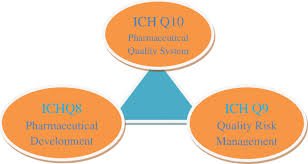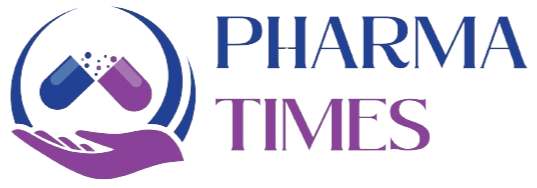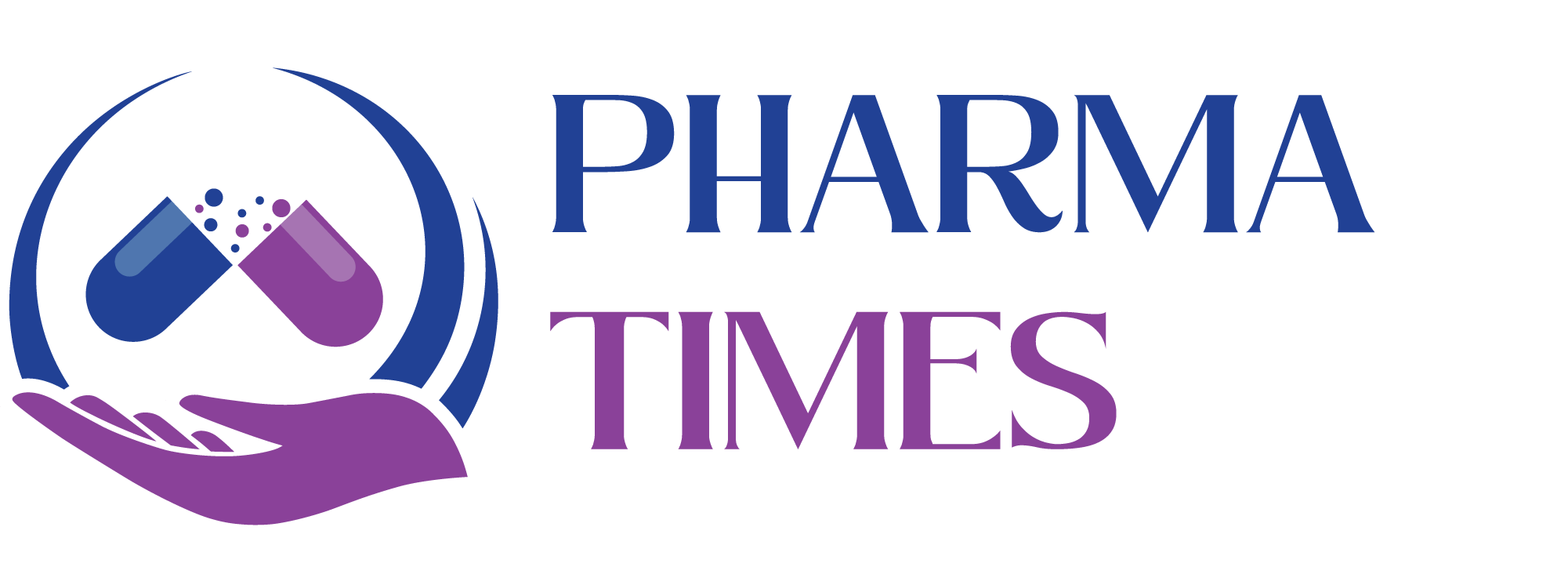Q8: Pharmaceutical Development

Pharmaceutical development, as described in ICH Q8 (R2), is the process of designing a quality product and its manufacturing process to consistently deliver the intended performance. The goal is to understand how formulation and process variables influence product quality, thereby establishing a design space and enabling a Quality by Design (QbD) approach.
Key elements of pharmaceutical development include:
-
Drug Substance Characterization: Understanding physicochemical properties, polymorphism, solubility, stability, and compatibility.
-
Excipients Selection: Justifying the choice, functionality, and compatibility with the drug substance.
-
Formulation Development: Establishing a formulation that ensures consistent quality, efficacy, and stability.
-
Manufacturing Process Development: Identifying critical process parameters (CPPs) and their effect on critical quality attributes (CQAs).
-
Container Closure System: Ensuring it maintains product stability and integrity throughout shelf life.
-
Microbiological Attributes: Determining sterility or microbial limits as per dosage form requirements.
-
Analytical Method Development: Developing robust and validated methods to test product quality.
Pharmaceutical development provides the scientific foundation for establishing a control strategy and ensures product performance consistency throughout its lifecycle.

